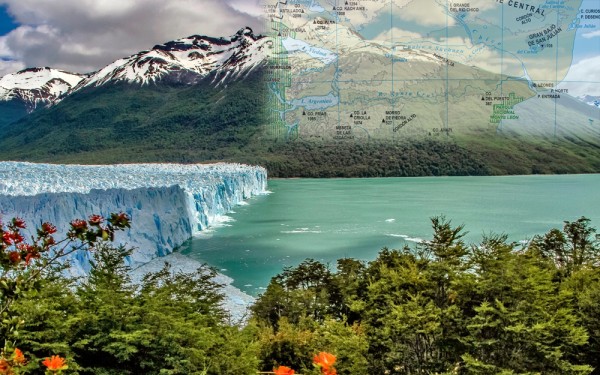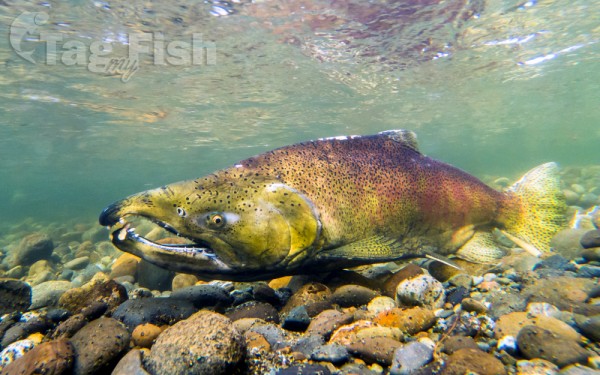Santa Cruz River (Argentina)

Natural lakes
Salmoniformes - Salmons and Trouts
Salmoniformes - Salmons and Trouts
Salmoniformes - Salmons and Trouts
Santa Cruz River (Spanish: Río Santa Cruz) is a river in the Argentine province of Santa Cruz. The Santa Cruz begins at the shore of the Viedma and Argentino Lakes, of glacial origin and located in the Los Glaciares National Park, and runs 385 kilometres (239 mi) eastwards before reaching the Atlantic Coast, 350 kilometres (217 mi) north of the southern tip of South America, creating a delta. It is one of the last large free-flowing rivers in Patagonia.
The river has an important flow of 790 m3 (1,030 cu yd) on average, and is used for irrigation. Two dams are planned for the river, the Jorge Cepernic and Nestor Kirchner Dams. They will have a combined installed capacity of 1,740 MW. Contracts to construct the dams were awarded to a consortium of Chinese and domestic companies in August 2013. It is estimated that the dams will destroy over half of the Santa Cruz River ecosystem.





